1.
Introduction
Hermite and Hadamard's inequality [1,2] is one of the most well-known inequalities in convex function theory, with a geometrical interpretation and numerous applications. The H·H inequality is defined as follows for the convex function Ψ:K→R on an interval K=[u,ν]:
for all u,ν∈K.
If f is concave, the inequalities in (1) hold in the reversed direction. We should point out that Hermite-Hadamard inequality is a refinement of the concept of convexity, and it follows naturally from Jensen's inequality. In recent years, the Hermite-Hadamard inequality for convex functions has gotten a lot of attention, and a lot of improvements and generalizations have been examined; see [3,4,5,6,7,8,9,10,11,12] and the references therein.
Interval analysis, on the other hand, is a subset of set-valued analysis, which is the study of sets in the context of mathematical analysis and topology. It was created as a way to deal with interval uncertainty, which can be found in many mathematical or computer models of deterministic real-world phenomena. Archimedes' method, which is used to calculate the circumference of a circle, is a historical example of an interval enclosure. Moore, who is credited with being the first user of intervals in computer mathematics, published the first book on interval analysis in 1966, see [13]. Following the publication of his book, a number of scientists began to research the theory and applications of interval arithmetic. Interval analysis is now a useful technique in a variety of fields that are interested in ambiguous data because of its applications. Computer graphics, experimental and computational physics, error analysis, robotics, and many other fields have applications.
In recent years, several major inequalities (Hermite-Hadamard, Ostrowski, etc.) for interval-valued functions have been studied. Chalco-Cano et al. used the Hukuhara derivative for interval-valued functions to construct Ostrowski type inequalities for interval-valued functions in [14,15]. For interval-valued functions, Román-Flores et al. established Minkowski and Beckenbach's inequalities in [18]. For the rest, see [16,17,18,19,20]. Inequalities, on the other hand, were investigated for the more generic set-valued maps. Sadowska, for example, presented the Hermite-Hadamard inequality in [21]. Other investigations can be found at [22,23].
Recently, Khan et al. [24] introduced the new class of convex fuzzy mappings is known as (h1,h2)-convex F-I-V-Fs by means of FOR such that:
Let h1,h2:[0,1]⊆K=[u,υ]→R+ such that h1,h2≢0. Then F-I-V-F ˜Ψ:K=[u,υ]→FC(R) is said to be (h1,h2)-convex on [u,υ] if
for all w,y∈[u,υ],ξ∈[0,1].
And they also presented the following new version of H·H type inequality for (h1,h2)-convex F-I-V-F involving fuzzy-interval Riemann integrals:
Let ˜Ψ:[u,υ]→F0 be a (h1,h2)-convex F-I-V-F with h1,h2:[0,1]→R+ and h1(12)h2(12)≠0. Then, from θ-levels, we get the collection of I-V-Fs Ψθ:[u,υ]⊂R→K+C are given by Ψθ(ω)=[Ψ∗(ω,θ),Ψ∗(ω,θ)] for all ω∈[u,υ] and for all θ∈[0,1]. If ˜Ψ is fuzzy-interval Riemann integrable (in short, FR-integrable), then
If h1(ξ)=ξ and h2(ξ)≡1, then from (3), we get following the result for convex F-I-V-F:
A one step forward, Khan et al. introduced new classes of convex and generalized convex F-I-V-F, and derived new fractional H·H type and H·H type inequalities for convex F-I-V-F [25], h-convex F-I-V-F [26], (h1,h2)-preinvex F-I-V-F [27], log-s-convex F-I-V-Fs in the second sense [28], LR-log-h-convex I-V-Fs [29], harmonically convex F-I-V-Fs [30], coordinated convex F-I-V-Fs [31] and the references therein. We refer to the readers for further analysis of literature on the applications and properties of fuzzy-interval, and inequalities and generalized convex fuzzy mappings, see [32,33,34,35,36,37,38,39,40,41,42,43,44,45] and the references therein.
The goal of this study is to complete the fuzzy Riemann integrals for interval-valued functions and use these integrals to get the Hermite-Hadamard inequality. These integrals are also used to derive Hermite-Hadamard type inequalities for harmonically convex F-I-V-Fs.
2.
Preliminaries
In this section, we recall some basic preliminary notions, definitions and results. With the help of these results, some new basic definitions and results are also discussed.
We begin by recalling the basic notations and definitions. We define interval as,
We write len [ω∗,ω∗]=ω∗−ω∗, If len [ω∗,ω∗]=0 then, [ω∗,ω∗] is called degenerate. In this article, all intervals will be non-degenerate intervals. The collection of all closed and bounded intervals of R is denoted and defined as KC={[ω∗,ω∗]:ω∗,ω∗∈Randω∗≤ω∗}. If ω∗≥0 then, [ω∗,ω∗] is called positive interval. The set of all positive interval is denoted by KC+ and defined as KC+={[ω∗,ω∗]:[ω∗,ω∗]∈KCandω∗≥0}.
We'll now look at some of the properties of intervals using arithmetic operations. Let [ϱ∗,ϱ∗],[s∗,s∗]∈KC and ρ∈R, then we have
For [ϱ∗,ϱ∗],[s∗,s∗]∈KC, the inclusion "⊆" is defined by [ϱ∗,ϱ∗]⊆[s∗,s∗], if and only if s∗≤ϱ∗, ϱ∗≤s∗.
Remark 2.1. The relation "≤I" defined on KC by
for all [ϱ∗,ϱ∗],[s∗,s∗]∈KC, it is an order relation, see [41]. For given [ϱ∗,ϱ∗],[s∗,s∗]∈KC, we say that [ϱ∗,ϱ∗]≤I[s∗,s∗] if and only if ϱ∗≤s∗,ϱ∗≤s∗ or ϱ∗≤s∗,ϱ∗<s∗.
Moore [13] initially proposed the concept of Riemann integral for I-V-F, which is defined as follows:
Theorem 2.2. [13] If Ψ:[u,ν]⊂R→KC is an I-V-F on such that Ψ(w)=[Ψ∗(w),Ψ∗(w)]. Then Ψ is Riemann integrable over [u,ν] if and only if, Ψ∗ and Ψ∗ both are Riemann integrable over [u,ν] such that
Let R be the set of real numbers. A mapping ˜ζ:R→[0,1] called the membership function distinguishes a fuzzy subset set A of R. This representation is found to be acceptable in this study. F(R) also stand for the collection of all fuzzy subsets of R.
A real fuzzy interval ˜ζ is a fuzzy set in R with the following properties:
(1) ˜ζ is normal i.e. there exists w∈R such that ˜ζ(w)=1;
(2) ˜ζ is upper semi continuous i.e., for given w∈R, for every w∈R there exist ϵ>0 there exist δ>0 such that ˜ζ(w)−˜ζ(y)<ϵ for all y∈R with |w−y|<δ;
(3) ˜ζ is fuzzy convex i.e., ˜ζ((1−ξ)w+ξy)≥min(˜ζ(w),˜ζ(y)),∀w,y∈R and ξ∈[0,1];
(4) ˜ζ is compactly supported i.e., cl{w∈R|˜ζ(w)>0} is compact.
The collection of all real fuzzy intervals is denoted by F0.
Let ˜ζ∈F0 be real fuzzy interval, if and only if, θ-levels [˜ζ]θ is a nonempty compact convex set of R. This is represented by
from these definitions, we have
where
Thus a real fuzzy interval ˜ζ can be identified by a parametrized triples
These two end point functions ζ∗(θ) and ζ∗(θ) are used to characterize a real fuzzy interval as a result.
Proposition 2.3. [18] Let ˜ζ,˜Θ∈F0. Then fuzzy order relation "≼" given on F0 by
it is partial order relation.
We'll now look at some of the properties of fuzzy intervals using arithmetic operations. Let ˜ζ,˜Θ∈F0 and ρ∈R, then we have
For ψ∈F0 such that ˜ζ=˜Θ˜+˜ψ, we have the existence of the Hukuhara difference of ˜ζ and ˜Θ, which we call the H-difference of ˜ζ and ˜Θ, and denoted by ˜ζ˜−˜Θ. If H-difference exists, then
Definition 2.4. [38] A fuzzy-interval-valued map ˜Ψ:[u,υ]⊂R→F0 is called F-I-V-F. For each θ∈(0,1], whose θ-levels define the family of I-V-Fs Ψθ:[u,υ]⊂R→KC are given by Ψθ(w)=[Ψ∗(w,θ),Ψ∗(w,θ)] for all w∈[u,υ]. Here, for each θ∈(0,1], the end point real functions Ψ∗(.,θ),Ψ∗(.,θ):[u,υ]→R are called lower and upper functions of ˜Ψ.
The following conclusions can be drawn from the preceding literature review [38,39,40]:
Definition 2.5. Let ˜Ψ:[u,ν]⊂R→F0 be an F-I-V-F. Then fuzzy integral of ˜Ψ over [u,ν], denoted by (FR)∫νu˜Ψ(w)dw, it is given level-wise by
for all θ∈(0,1], where R([u,ν],θ) denotes the collection of Riemannian integrable functions of I-V-Fs. ˜Ψ is FR-integrable over [u,ν] if (FR)∫νu˜Ψ(w)dw∈F0. Note that, if Ψ∗(w,θ),Ψ∗(w,θ) are Lebesgue-integrable, then Ψ is fuzzy Aumann-integrable function over [u,ν], see [18,39,40].
Theorem 2.6. Let ˜Ψ:[u,ν]⊂R→F0 be a F-I-V-F, whose θ-levels define the family of I-V-Fs Ψθ:[u,ν]⊂R→KC are given by Ψθ(w)=[Ψ∗(w,θ),Ψ∗(w,θ)] for all w∈[u,ν] and for all θ∈(0,1]. Then ˜Ψ is FR-integrable over [u,ν] if and only if, Ψ∗(w,θ) and Ψ∗(w,θ) both are R-integrable over [u,ν]. Moreover, if ˜Ψ is FR-integrable over [u,ν], then
for all θ∈(0,1]. For all θ∈(0,1],FR([u,ν],θ) denotes the collection of all FR-integrable F-I-V-Fs over [u,ν].
Definition 2.7. [42] A set K=[u,υ]⊂R+=(0,∞) is said to be convex set, if, for all w,y∈K,ξ∈[0,1], we have
Definition 2.8. [42] The Ψ:[u,υ]→R+ is called harmonically convex function on [u,υ] if
for all w,y∈[u,υ],ξ∈[0,1], where Ψ(w)≥0 for all w∈[u,υ]. If (13) is reversed then, Ψ is called harmonically concave F-I-V-F on [u,υ].
Definition 2.11. [30] The F-I-V-F ˜Ψ:[u,υ]→F0 is called harmonically convex F-I-V-F on [u,υ] if
for all w,y∈[u,υ],ξ∈[0,1], where ˜Ψ(w)≽˜0, for all w∈[u,υ]. If (14) is reversed then, ˜Ψ is called harmonically concave F-I-V-F on [u,υ].
Definition 2.12. The F-I-V-F ˜Ψ:[u,υ]→F0 is called harmonically convex F-I-V-F on [u,υ] if
for all w,y∈[u,υ],ξ∈[0,1], where ˜Ψ(w)≽˜0, for all w∈[u,υ]. If (15) is reversed then, ˜Ψ is called harmonically concave F-I-V-F on [u,υ]. The set of all harmonically convex (harmonically concave) F-I-V-F is denoted by
Theorem 2.13. Let [u,υ] be harmonically convex set, and let ˜Ψ:[u,υ]→FC(R) be a F-I-V-F, whose θ-levels define the family of I-V-Fs Ψθ:[u,υ]⊂R→K+C⊂KC are given by
for all w∈[u,υ], θ∈[0,1]. Then, ˜Ψ∈HFSX([u,υ],F0), if and only if, for all ∈[0,1],Ψ∗(w,θ), Ψ∗(w,θ)∈HSX([u,υ],R+).
Proof. The demonstration of proof is similar to proof of Theorem 2.12, see [26].
Example 2.14. We consider the F-I-V-Fs ˜Ψ:[0,2]→FC(R) defined by,
Then, for each θ∈[0,1], we have Ψθ(w)=[θ√w,(2−θ)√w]. Since Ψ∗(w,θ), Ψ∗(w,θ)∈HSX([u,υ],R+), for each θ∈[0,1]. Hence ˜Ψ∈HFSX([u,υ],F0).
Remark 2.15. If T∗(u,θ)=T∗(υ,θ) with θ=1, then harmonically convex F-I-V-F reduces to the classical harmonically convex function, see [42].
3.
Fuzzy-interval fractional Hermite-Hadamard inequalities
In this section, we will prove two types of inequalities. First one is 𝐻.𝐻 and their variant forms, and the second one is H·H Fejér inequalities for convex F-I-V-Fs where the integrands are F-I-V-Fs.
Theorem 3.1. Let ˜Ψ∈HFSX([u,υ],F0), whose θ-levels define the family of I-V-Fs Ψθ:[u,υ]⊂R→K+C are given by Ψθ(w)=[Ψ∗(w,θ),Ψ∗(w,θ)] for all w∈[u,υ], θ∈[0,1]. If ˜Ψ∈FR([u,υ],θ), then
If ˜Ψ∈HFSV([u,υ],F0), then
Proof. Let ˜Ψ∈HFSX([u,υ],F0),. Then, by hypothesis, we have
Therefore, for each θ∈[0,1], we have
Then
It follows that
That is
Thus,
In a similar way as above, we have
Combining (19) and (20), we have
Hence, the required result.
Remark 3.2. If Ψ∗(w,θ)=Ψ∗(w,θ) with θ=1, then Theorem 3.1 reduces to the result for classical harmonically convex function, see [42]:
Example 3.3. We consider the FIVFs ˜Ψ:[0,2]→FC(R), as in Example 2.14. Then, for each θ∈[0,1], we have Ψθ(w)=[θ√w,(2−θ)√w] is harmonically convex FIVF. Since, Ψ∗(w,θ)=θ√w,Ψ∗(w,θ)=(2−θ)√w. We now compute the following:
for all θ∈[0,1]. That means
Similarly, it can be easily show that
for all θ∈[0,1], such that
From which, we have
that is
Hence,
Theorem 3.4. Let ˜Ψ∈HFSX([u,υ],F0), whose θ-levels define the family of I-V-Fs Ψθ:[u,υ]⊂R→K+C are given by Ψθ(w)=[Ψ∗(w,θ),Ψ∗(w,θ)] for all w∈[u,υ], θ∈[0,1]. If ˜Ψ∈FR([u,υ],θ), then
where
and ⪧1=[⪧1∗,⪧1∗], ⪧2=[⪧2∗,⪧2∗]. If ˜Ψ∈HFSV([u,υ],F0), then inequality (21) is reversed.
Proof. Take [u,2uυu+υ], we have
Therefore, for every θ∈[0,1], we have
In consequence, we obtain
That is
It follows that
In a similar way as above, we have
Combining (22) and (23), we have
Therefore, for every θ∈[0,1], by using Theorem 3.1, we have
that is
Theorem 3.5. Let ˜Ψ∈HFSX([u,υ],F0) and ˜P∈HFSX([u,υ],F0), whose θ-levels Ψθ,Pθ:[u,υ]⊂R→K+C are defined by Ψθ(w)=[Ψ∗(w,θ),Ψ∗(w,θ)] and Pθ(w)=[P∗(w,θ),P∗(w,θ)] for all w∈[u,υ], θ∈[0,1], respectively. If ˜Ψ˜×˜P∈FR([u,υ],θ), then
where ˜M(u,υ)=˜Ψ(u)˜×˜P(u)˜+˜Ψ(υ)˜×˜P(υ),˜N(u,υ)=˜Ψ(u)˜×˜P(υ)˜+˜Ψ(υ)˜×˜P(u), and Mθ(u,υ)=[M∗((u,υ),θ),M∗((u,υ),θ)] and Nθ(u,υ)=[N∗((u,υ),θ),N∗((u,υ),θ)].
Proof. Since ˜Ψ,˜P are harmonically convex F-I-V-Fs then, for each θ∈[0,1] we have
And
From the definition of harmonically convexity of F-I-V-Fs it follows that ˜Ψ(w)≽˜0 and ˜P(w)≽˜0, so
Integrating both sides of above inequality over [0, 1] we get
It follows that,
that is
Thus,
Theorem 3.6. Let ˜Ψ,˜P∈HFSX([u,υ],F0), whose θ-levels Ψθ,Pθ:[u,υ]⊂R→K+C are defined by Ψθ(w)=[Ψ∗(w,θ),Ψ∗(w,θ)] and Pθ(w)=[P∗(w,θ),P∗(w,θ)] for all w∈[u,υ], θ∈[0,1], respectively. If ˜Ψ˜×˜P∈FR([u,υ],θ), then
where ˜M(u,υ)=˜Ψ(u)˜×˜P(u)˜+˜Ψ(υ)˜×˜P(υ),˜N(u,υ)=˜Ψ(u)˜×˜P(υ)˜+˜Ψ(υ)˜×˜P(u), and Mθ(u,υ)=[M∗((u,υ),θ),M∗((u,υ),θ)] and Nθ(u,υ)=[N∗((u,υ),θ),N∗((u,υ),θ)].
Proof. By hypothesis, for each θ∈[0,1], we have
Integrating over [0,1], we have
that is
The theorem has been proved.
First, we will purpose the following inequality linked with the right part of the classical H−H Fejér inequality for harmonically convex F-I-V-Fs through fuzzy order relation, which is said to be 2nd fuzzy H−H Fejér inequality.
Theorem 3.7. (Second fuzzy H−H Fejér inequality) Let ˜Ψ∈HFSX([u,υ],F0), whose θ-levels define the family of I-V-Fs Ψθ:[u,υ]⊂R→K+C are given by Ψθ(w)=[Ψ∗(w,θ),Ψ∗(w,θ)] for all w∈[u,υ], θ∈[0,1]. If ˜Ψ∈FR([u,υ],θ) and ∇:[u,υ]→R,∇(11u+1υ−1w)=∇(w)≥0, then
If ˜Ψ∈HFSV([u,υ],F0), then inequality (25) is reversed.
Proof. Let Ψ be a harmonically convex F-I-V-F. Then, for each θ∈[0,1], we have
And
After adding (26) and (27), and integrating over [0,1], we get
Since ∇ is symmetric, then
Since
From (28) and (29), we have
that is
hence
this concludes the proof.
Next, we construct first H·H Fejér inequality for harmonically convex F-I-V-F, which generalizes first H-H Fejér inequality for harmonically convex function.
Theorem 3.8. (First fuzzy fractional H-H Fejér inequality) Let \widetilde{\varPsi }\in HFSX\left(\left[{u}, \upsilon \right], {\mathbb{F}}_{0}\right) , whose \theta -levels define the family of I-V-Fs {\varPsi }_{\theta}:\left[{u}, \upsilon \right]\subset \mathbb{R}\to {\mathcal{K}}_{C}^{+} are given by {\varPsi }_{\theta}\left({w}\right) = \left[{\varPsi }_{*}\left({w}, \theta\right), {\varPsi }^{*}\left({w}, \theta\right)\right] for all {w}\in \left[{u}, \upsilon \right] , \theta\in \left[0, 1\right] . If \widetilde{\varPsi }\in {\mathcal{F}\mathcal{R}}_{\left(\left[{u}, \nu \right], \theta\right)} and \nabla :\left[{u}, \upsilon \right]\to \mathbb{R}, \nabla \left(\frac{1}{\frac{1}{{u}}+\frac{1}{\upsilon }-\frac{1}{{w}}}\right) = \nabla \left({w}\right)\ge 0, then
If \widetilde{\varPsi }\in HFSV\left(\left[{u}, \upsilon \right], {\mathbb{F}}_{0}\right) , then inequality (30) is reversed.
Proof. Since \varPsi is a harmonically convex, then for \theta\in \left[0, 1\right], we have
By multiplying (31) by \nabla \left(\frac{{u}\upsilon }{\left(1-\xi \right){u}+\xi \upsilon }\right) = \nabla \left(\frac{{u}\upsilon }{\xi {u}+\left(1-\xi \right)\upsilon }\right) and integrate it by \xi over \left[0, 1\right], we obtain
Since
From (32) and (33), we have
From which, we have
that is
Then we complete the proof.
Remark 3.9. If \nabla \left({w}\right) = 1 , then from Theorems 3.7 and 3.8, we obtain inequality (17). If {\varPsi }_{*}\left({w}, \theta\right) = {\varPsi }^{*}\left({w}, \theta\right) with \theta = 1, then Theorems 3.7 and 3.8 reduce to classical first and second classical H-H Fejér inequality for classical harmonically convex function.
4.
Conclusions and future plan
Several novel conclusions in convex analysis and associated optimization theory can be obtained using this new class of functions known as harmonically convex F-I-V. The main findings include some new bounds with error estimations via fuzzy Riemann integrals. All of these papers aim to provide new estimations and optimal approaches. But, the main motivation of this paper is that we obtained new method by using fuzzy integrals for harmonically convex F-I-V-Fs calculus. The authors anticipate that this study may inspire more research in a variety of pure and applied sciences fields.
Acknowledgments
The authors would like to thank the Rector, COMSATS University Islamabad, Islamabad, Pakistan, for providing excellent research and academic environments and this work was supported by Taif University Researches Supporting Project number (TURSP-2020/326), Taif University, Taif, Saudi Arabia, and the authors T. Abdeljawad and B. Abdalla would like to thank Prince Sultan University for APC and for the support through the TAS research lab.
Authors' contributions
All authors contributed equally to the writing of this paper. All authors read and approved the final manuscript.
Conflict of interest
The authors declare that they have no competing interests.











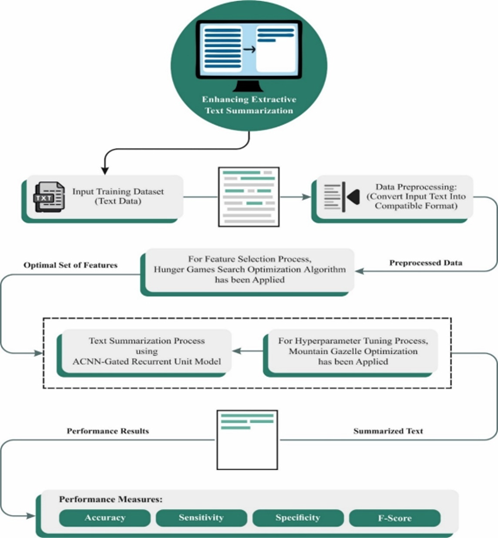
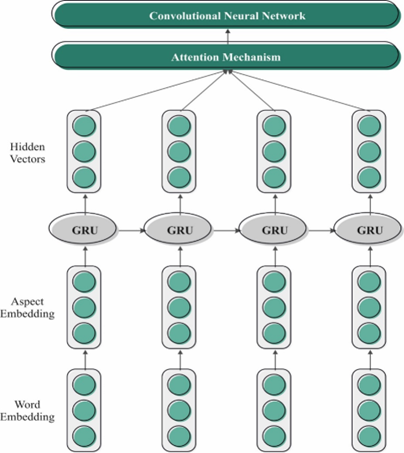
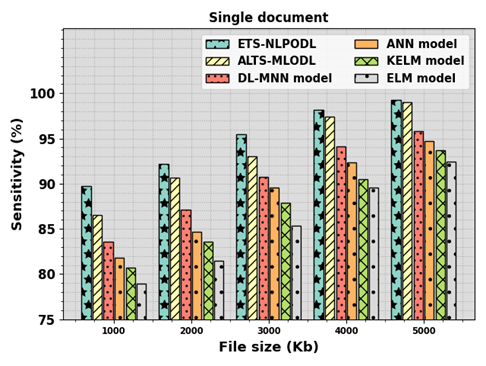
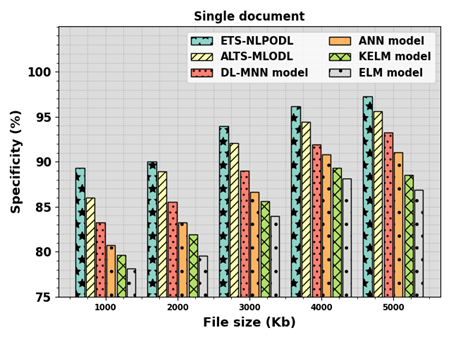
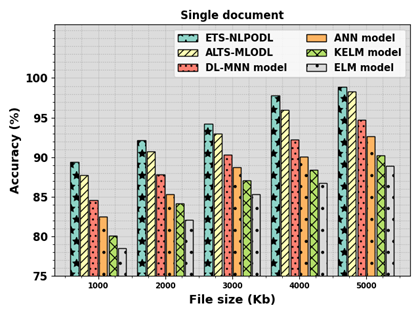
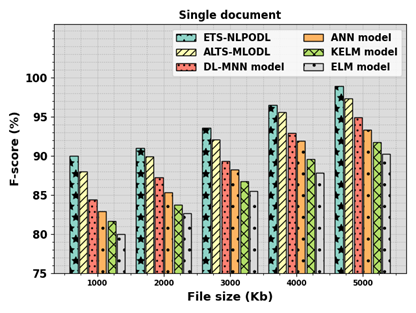
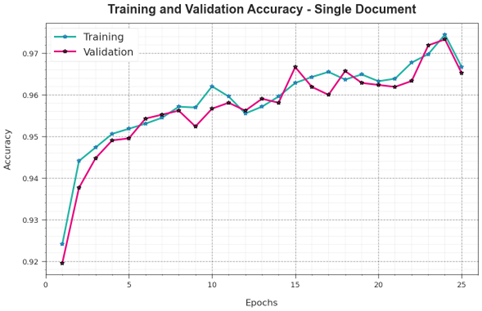
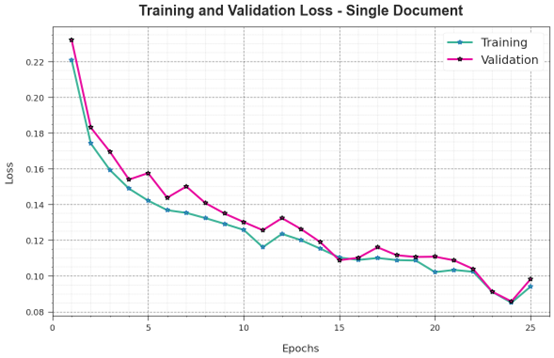
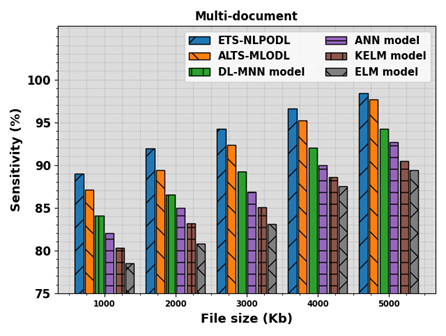
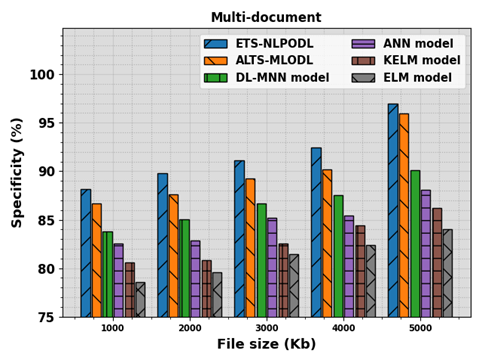
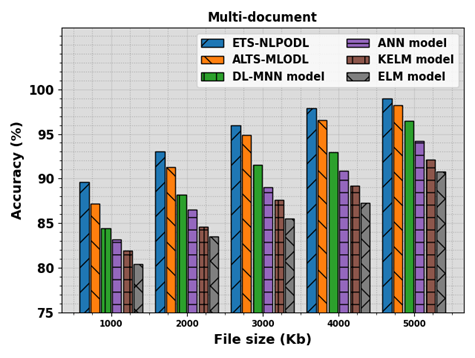
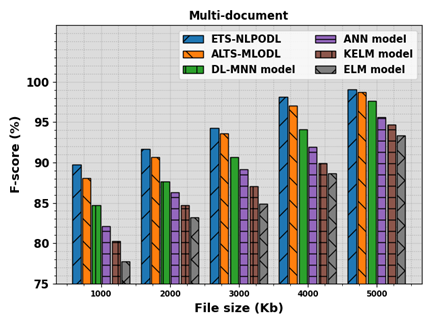
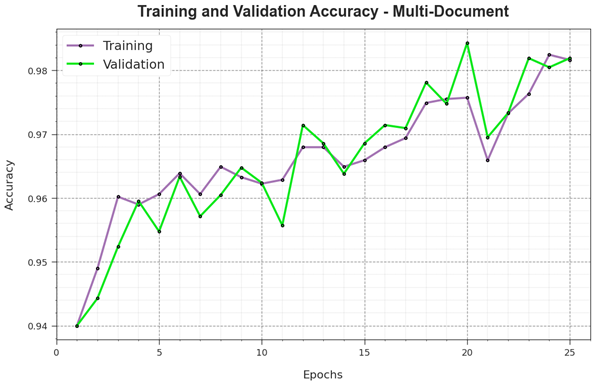
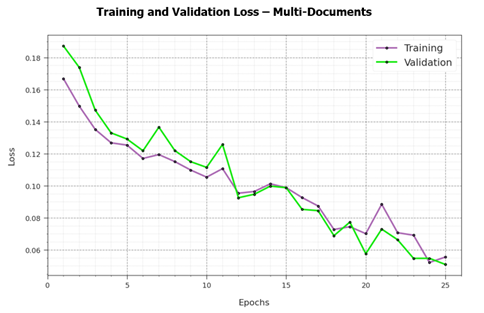


 DownLoad:
DownLoad: